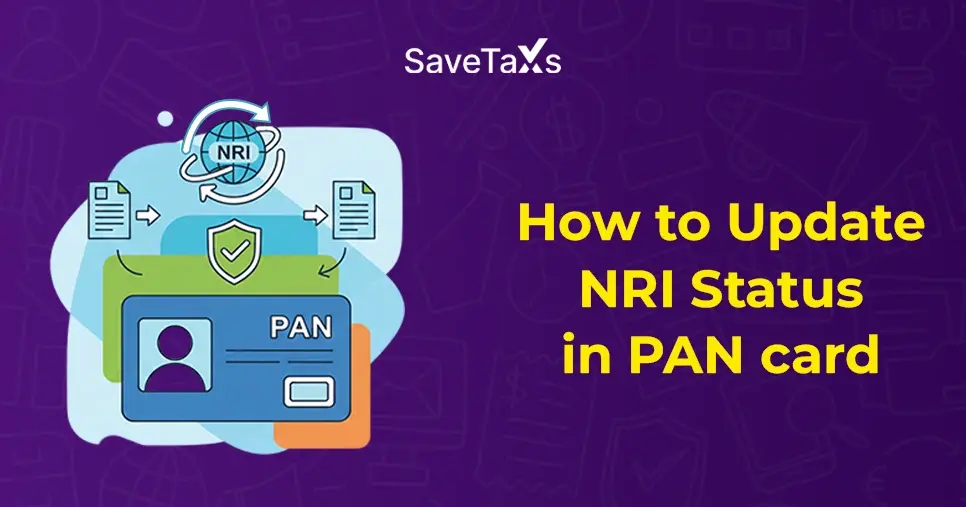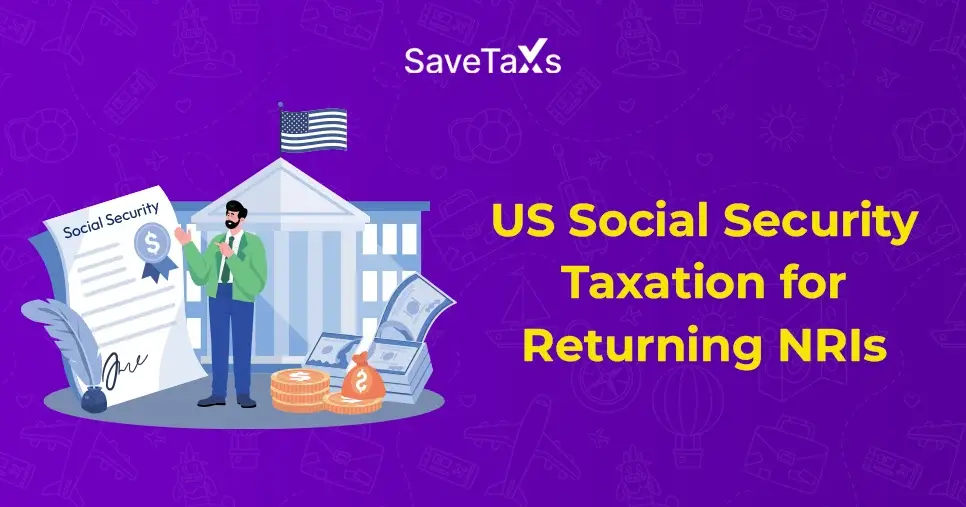If you are either self-employed or are a part of an S corporation or partnership, expect to owe more than $1,000 this year. There might be a chance that you need to make estimated tax payments during the year. Usually, IRS estimated tax payments are made every quarter.
In this blog, we will learn the details about how to calculate your tax return estimates. Additionally, we will also discuss when the estimated tax deadlines are.
Key Takeaways
- If you think that you might owe more than $1,000 in federal tax returns for the tax year. Then, you may be required to make estimated tax payments every quarter. You need to use Form 1040-ES for this, or pay a penalty for underpayment.
- If your federal income estimated tax withholding sums to nearly 90% of the aggregate tax that you are subject to pay for this tax year, or at least 100% of the total tax on year previous year's return (110% for AGIs greater than $75,000 for single and separate filers and $150,000 for married filing jointly). Then, you might not have to make estimated tax payments.
- If you do not compute and pay your estimated payments until after the 15th of April. Then, you need to make your payments as soon as you can in order to "catch up". However, you might still face a penalty.
Understanding When and How to Pay the Estimated Taxes
An employer has the right to withhold taxes from their employee's paycheck. They later send it to the IRS, and likely to be sent to the state government also. In this manner, you pay your income taxes as you go. Additionally, you might get a good refund at tax time if you are like most wage earners.
However, if you are self-employed or if you have income other than your employment wages. In such a case, you may be required to pay estimated taxes quarterly. You may be subject to making estimated tax payments if you acquire income that isn't liable to withholding, like:
- Interest Income
- Dividend Income
- Taxable Alimony
- Earnings acquired from a business
- Gains received from sales of stock or any other asset.
Do I Have to Pay Estimated Taxes?
The requirement of paying estimated taxes depends on your situation. All you need to do is pay your taxes as you go all year round through withholding or making estimated tax payments. While filing, not paying enough income taxes may attract IRS underpayment penalties. Be it through withholding or quarterly estimated tax payments.
Answer these questions to check if you need to make quarterly estimated tax payments or not:
- After deducting your federal income tax withholding from your total expected tax liability. Do you owe less than $1,000 in taxes for the upcoming tax year? If yes, you don't need to make estimated tax payments.
- Will your withholding cover at least 90 per cent of your total tax liability this year? In case yes, you are safe from needing to make tax estimated payments.
- Do you expect your withholding to be at least 100% of the total tax reported on your previous year's return? If so, you don't need to make estimated tax payments.
- If your adjusted gross income (on line 11 of the Form 1040) on your tax return exceeds $150,000 ($75,000 if you are married and filing separately). Also, if you anticipate that your withholding must be at least 110% of the last tax year. If your answer is yes, then you don't need to make estimated payments.
If your answer was "no" to all these questions, you need to make estimated tax payments through Form 1040-ES. Ensure your total tax payments (estimated taxes as well as withholding) throughout the year fulfill the aforementioned conditions to avoid penalties.
Which One Should I Choose?
The best option to avoid an underpayment penalty is to target "100 percent of your previous year's taxes." If your adjusted gross income last year surpassed $150,000 (or $75,000 if married and filing separately last year), then you must ensure payment of 110% of your previous year's taxes.
This is required to satisfy the requirement of the "safe-harbor" rule; this way, you will not have to pay any penalties, regardless of your tax return amount that you owe. Now, if you anticipate earning less this year compared to last year, and wish to avoid overpaying taxes, consider choosing to pay 90 per cent of your current year tax bill.
However, remember that if the total of your estimated payments and withholding is less than 90% of what you owe, you might attract an underpayment penalty. Therefore, it is ideal not to make your payments too closely aligned with the 90% threshold. On the contrary, if your income is expected to increase this year and you wish to avoid owing any taxes while you file returns, cover 100 percent of your current year's income tax liability.
How Do I Calculate What I Owe?
To calculate what you owe, you should start by estimating your income and deductions for your federal income tax return. You will need the following essential information for planning your estimated tax payment:
- Your Previous Year's Tax Return: This will help ensure you have accounted for all income and deductions applicable to your current year's tax return.
- You must also consider the total taxes paid, especially if you are basing your estimated tax payment on 100 or 110 percent of your previous year's taxes.
- Records of Any Estimated Tax Payments and Withholding You Have Already Made in the Current Year: It is important to consider those payments when determining your remaining tax obligations. Keep your check register and latest paystub readily available to use as a reference for the amounts and the dates you paid.
Consider Paying Using Your Refund
One helpful way to directly pay your bill is to apply your tax refund to your next year's taxes, in case you think you will be subject to paying taxes when you file your next year's taxes.
If you won't have withheld federal income tax from wages, or if you have other income, and your withholding won't be sufficient to repay your tax bill, you most likely need to make estimated tax payments every quarter.
What If I Fail to Pay?
If you fail to pay, an underpayment penalty may be added to your tax owed to the IRS, depending on the amount and duration of the underpayment, potentially increasing the sum you will owe when filing your return.
Do I Need to Pay in Equal Amounts?
With regards to payment amounts, estimated tax payments typically come in four equal installments. However, some exceptions might require unequal payments:
- If you make unexpected money in one quarter
- If you received your previous year's overpayment refund for your current year's estimated tax payments
- If you don't determine your estimated payments until after the deadline, when the first one is typically due.
For instance, if you determine a need to pay $10,000 in estimated payments during the year and delay your first payment until the 15th of June (when the second payment is due), your first payment might be $5,000. Your subsequent payments could be $2,500 each due in September and January, but remember, a penalty for underpayment may still apply for the first quarter if the payment is not made by the deadline of 15th April.
Fishermen and Farmers
If you earn more than two-thirds of your taxable gross income from either farming or commercial fishing, you will be considered a qualified farmer or fisherman, even though you might have to fulfill certain special criteria. If you are unsure about your qualification and the fishing and farming income that you could include, seek professional guidance from an online expert. When we talk about the best professional guidance online, Savetaxs tops the list.
We are a tax resolution company, helping people as well as businesses with their tax issues. We have helped thousands of individuals over time to file their taxes with confidence. Our satisfied client base speaks to the quality of our service. We are serving our customers 24*7 across every time zone, so contact us today and get the best quality service while sitting in the comfort of your home.

Mr Vikram brings in more than ten years of experience in US Taxation. He is also an EA mentor and instructor. The expertise of Mr. Agrawal includes accounting, bookkeeping, Tax preparation, small business tax, personal tax planning, income tax, financial advisory services, and retirement planning.
- Child Tax Credit - Meaning, How Does It Work And Who Qualifies
- What is modified Adjusted Gross Income (MAGI)
- Self Employment Tax: Meaning & How To File It
- Understanding Form 1065 (Partnership Tax Return)
- Everything to Know About the 1040-SR Form for Filing Seniors
- US States With Highest And Lowest Income Taxes
- What is IRS Tax Form 1120?
- What is an S corp - Overview, Taxes and How To File
- What is Form 4868: IRS Tax Extension?
- What is Form 1040-NR
Want to read more? Explore Blogs
Frequently Asked Questions
No matter what your source of income is, we've got you covered. There’s a plan for everybody!
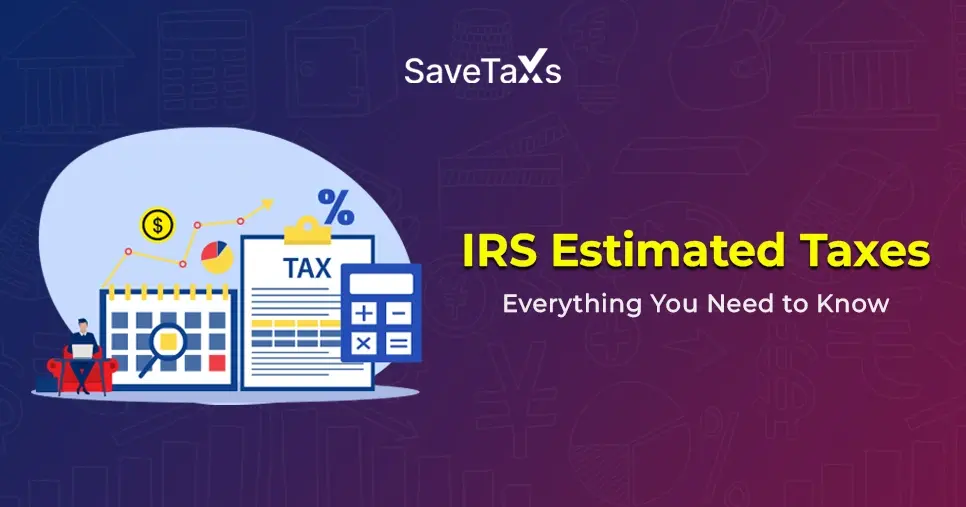
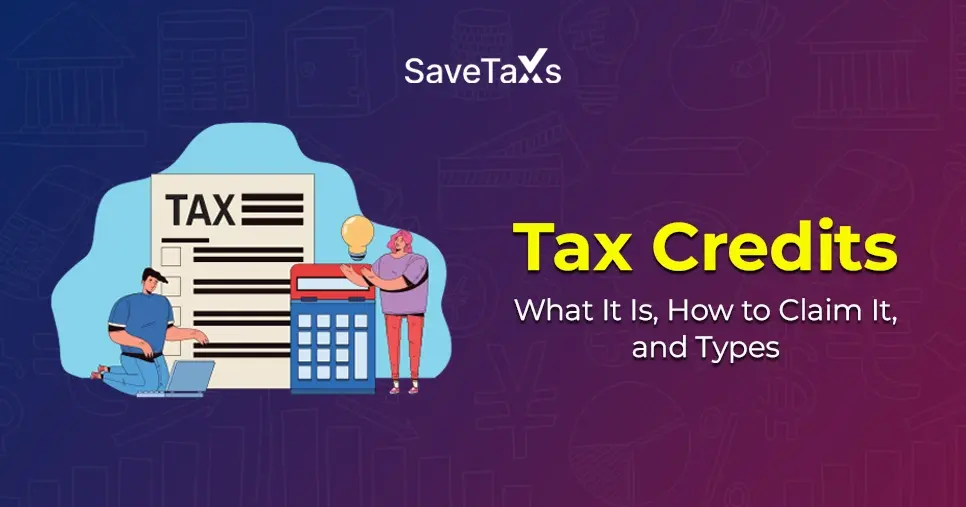

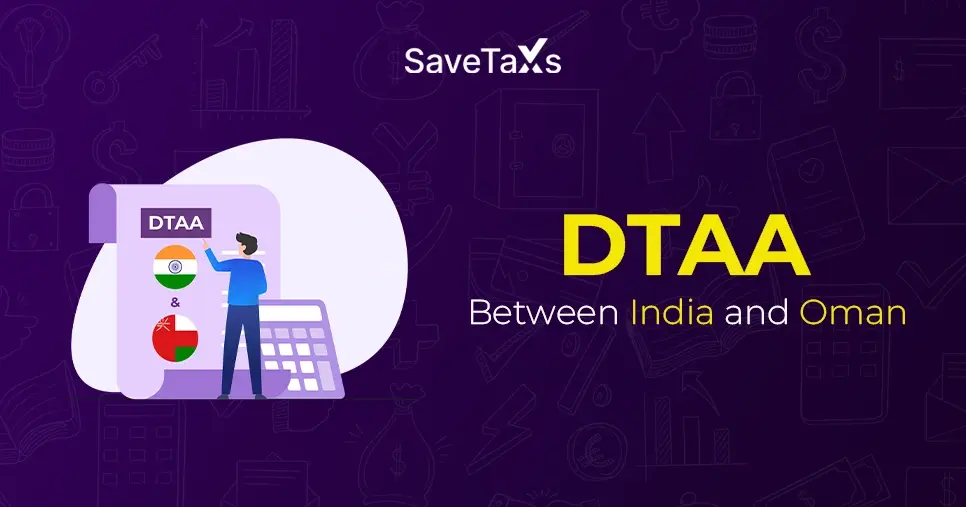


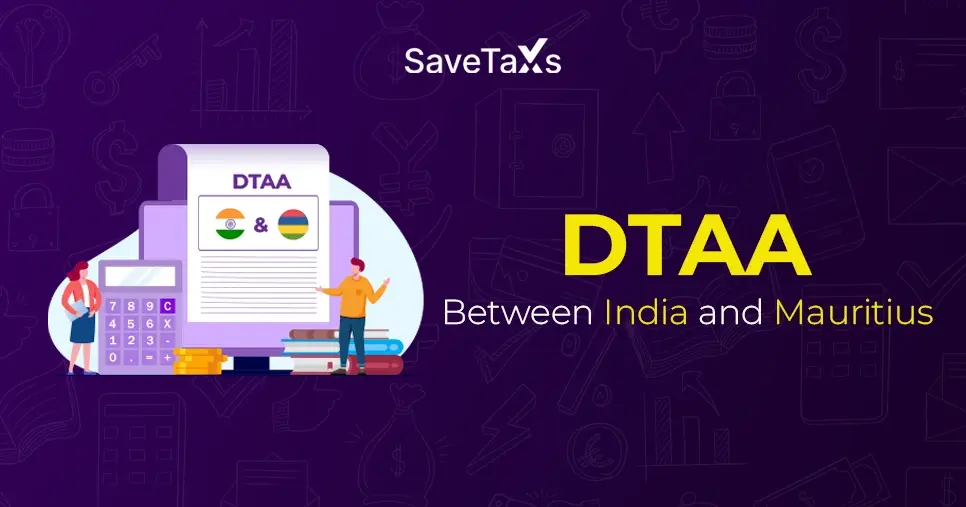
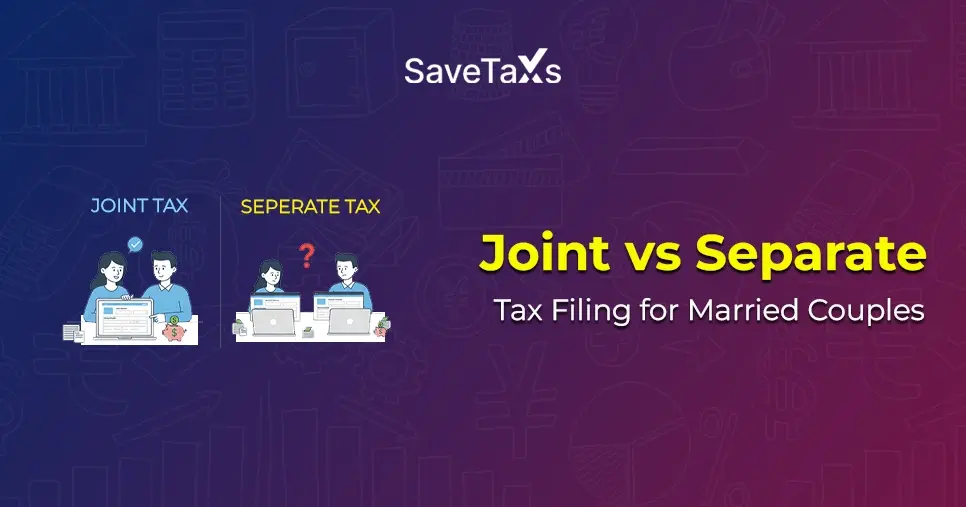
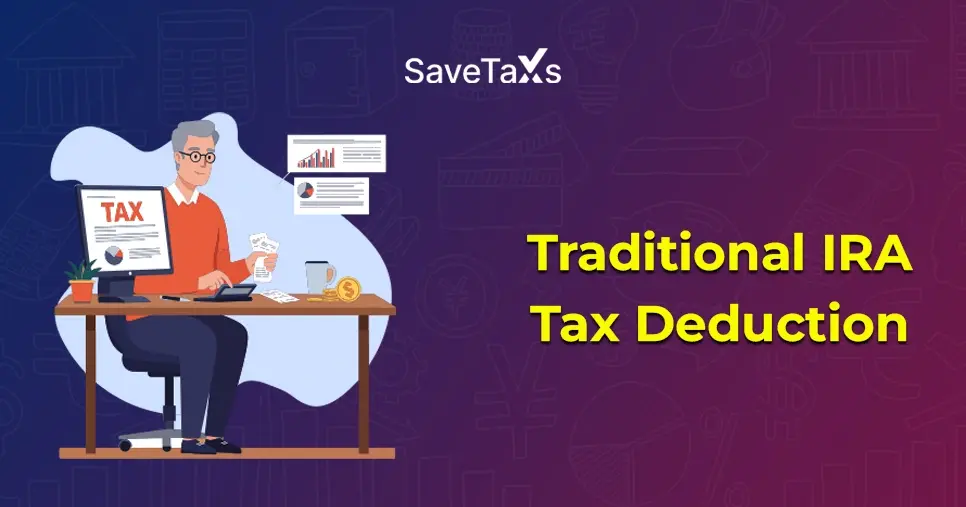
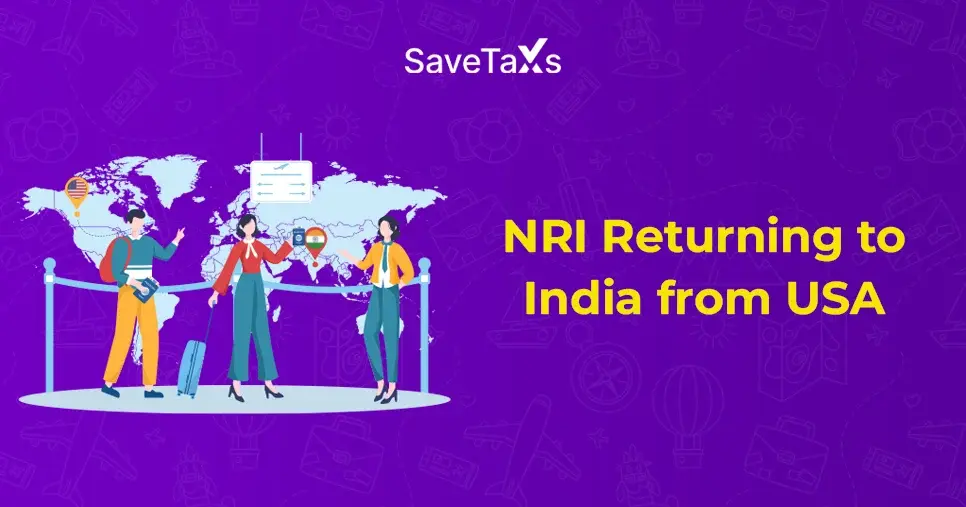
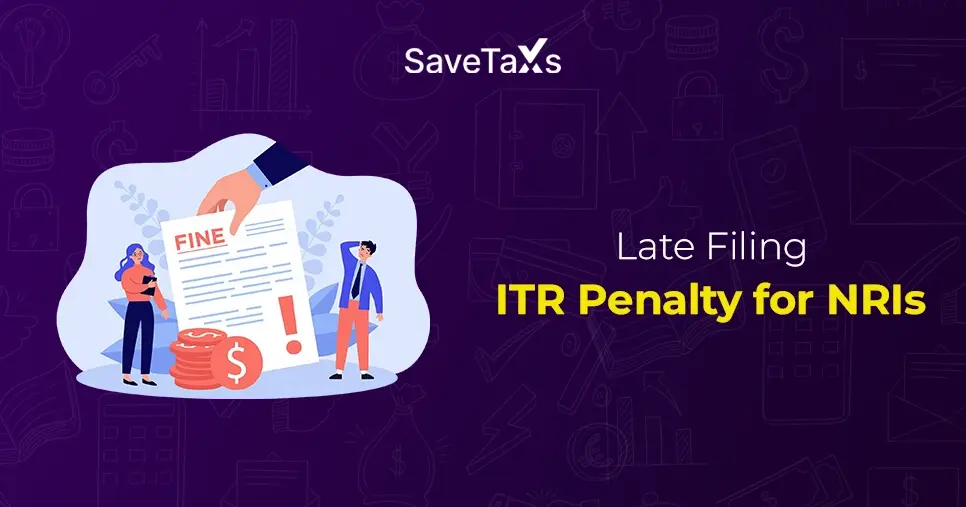
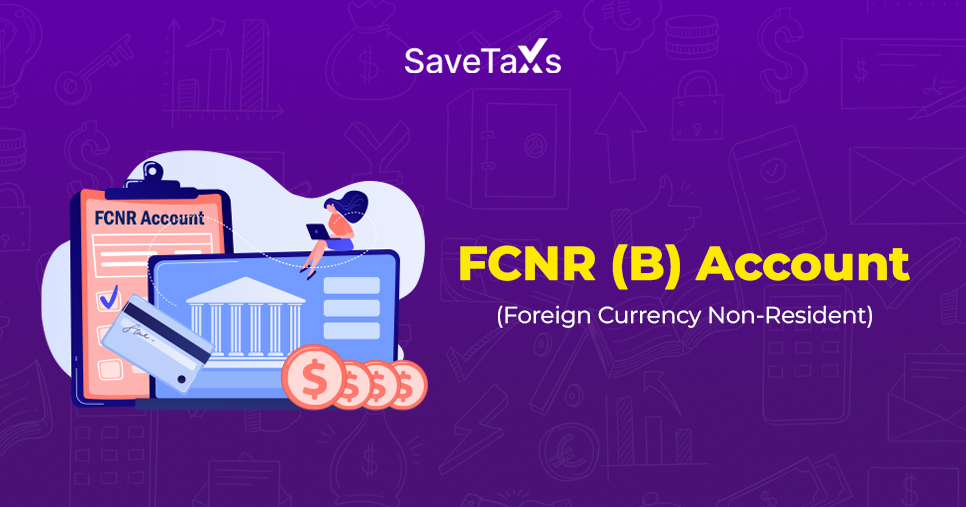
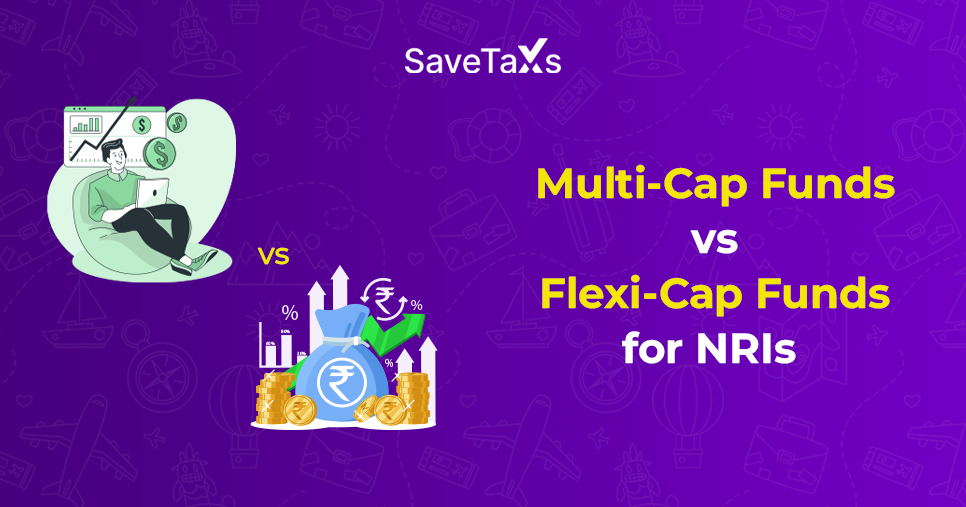
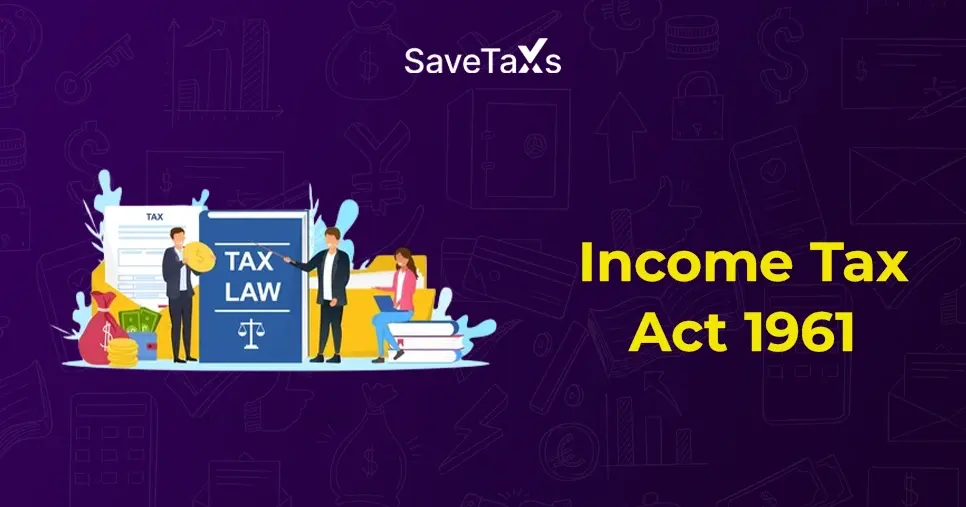
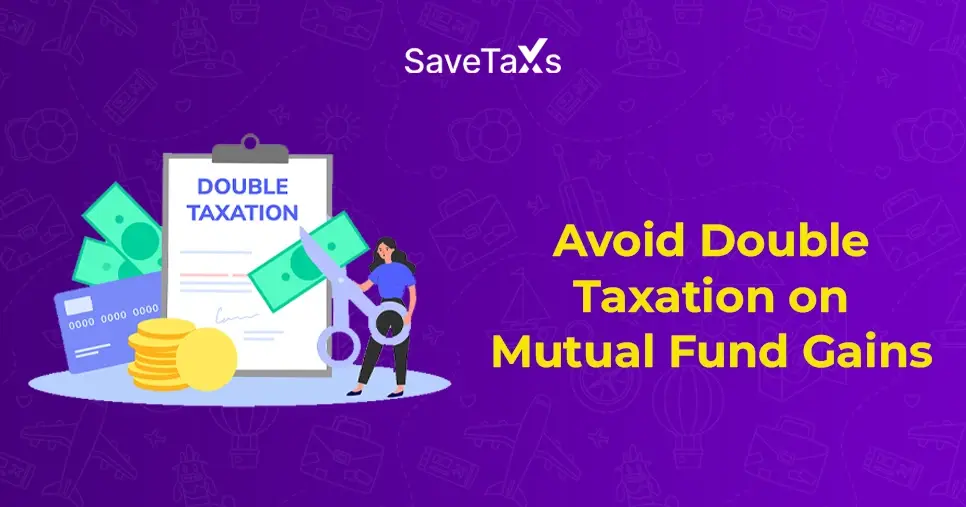
_1766129179.png)

